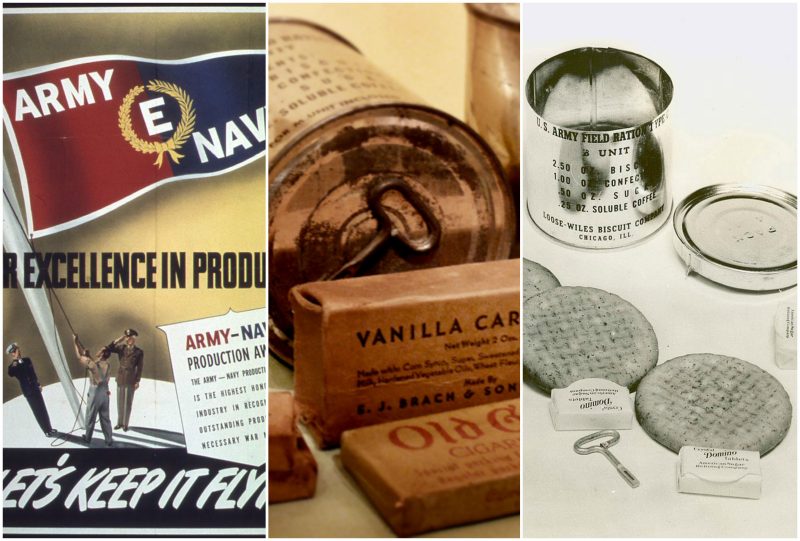The high energy chocolate bar was used by soldiers and was made palatable instead of tasty so that soldiers wouldn’t use it as a treat.
It all began in 1937, when Captain Paul Logan demanded light field rations for paratroopers during their long field deployment. The meal needed to be indestructible, pocket-sized, heat-resistant, and highly nutritious.
He thought that this might just do the trick, so he turned to Hershey’s for the ultimate military chocolate bar.
Hershey’s involvement in this important project began in April 1937, when Captain Paul Logan, met with William Murrie, the president of Hershey’s Chocolate, and with Sam Hinkle, Chief Chemist of Hershey’s. The men organized and decided to experiment with the production of a chocolate bar that would meet the nutrition needs of the US soldier.
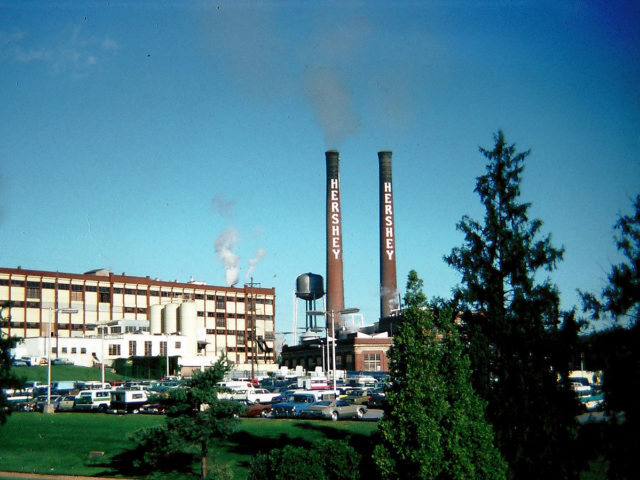
The requirements for the chocolate bar were simple. Captain Logan’s idea was not to make them too tasty, so the soldiers would only use them for emergencies. The taste was, reportedly, like something that was intended for baths, and it was supposed to taste “a little better than a boiled potato.”
Nevertheless, the high nutrition of the candy bar compensated for the horrible taste. The bar also needed to weigh four ounces and to withstand high temperatures during desert missions.
Murrie and Hinkle quickly told Milton Hershey, the main man behind Hershey’s, about the intriguing army project. He was very interested in this and instructed them to begin with planning and production.
Hershey was quite amused by the fact that the candy was supposed to be made not-too-tasty, a never before attempted feat of candy production.
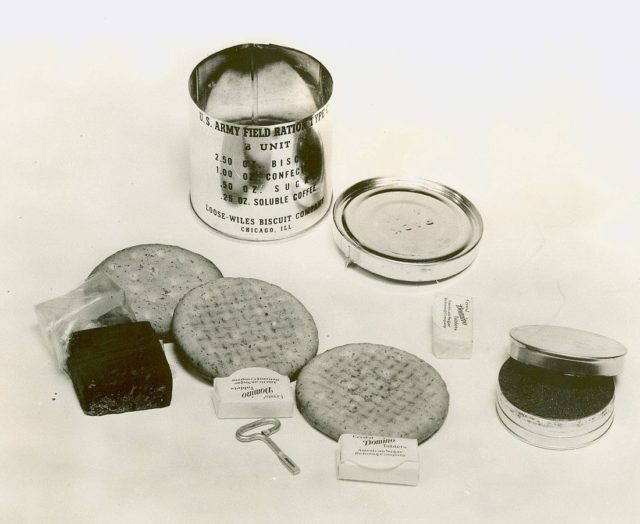
The technologists came up with “Field Ration D” bars; a chocolate bar that met all of Captain Logan’s requirements. The bars were stabilized with oat flour, cacao fat, skim milk powder, sugar, and artificial flavoring.
They didn’t actually melt in the mouth: instead, they had the power to break the soldier’s teeth. Not even the insides of the chocolate bar tasted good.
D-ration bars were so full of cacao, the repulsive bitterness was gourmet torture for the US soldier’s taste buds.
Furthermore, the soldiers jokingly named the bar “Hitler’s secret weapon” due to the chocolate’s effect on the soldiers’ digestive systems.
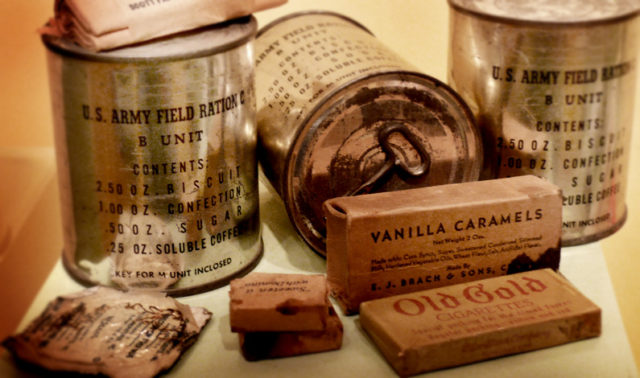
Perhaps the troops’ complaints reached Hershey’s ear, and they reformulated the taste and texture of the choco bar. Thus, Hershey’s Tropical Chocolate Bar was born, as an answer to the unfavorable reviews by the US soldiers. It was slightly tastier and helped the US Army in fighting the good fight.
The prestigious Army-Navy “E” Production Award was awarded to Hershey’s Chocolate Corporation on the 22nd August 1942, for the ultimate military chocolate and its outstanding war effort.
This was certainly not an easily won award. Major General Edmund B. Gregory commended Hershey’s: “The men and women of Hershey Chocolate Corporation have every reason to be proud of their great work in backing up our soldiers on the fighting fronts.”
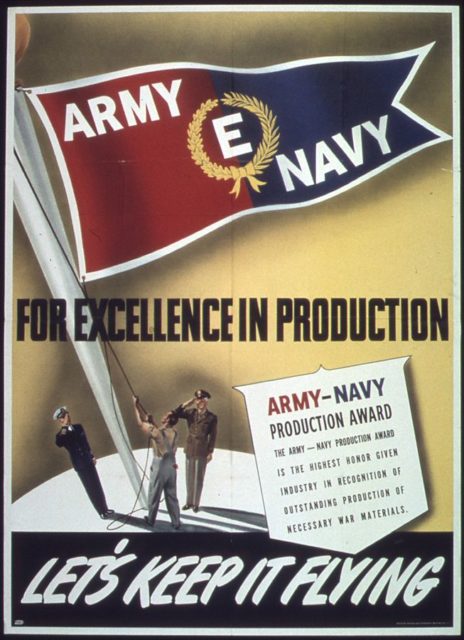
The success of the military candy bar was visible, as approximately 24 million bars were being produced every week. At the end of the war, Hershey’s produced more than 3 billion “Field Ration D” bars, playing their part in helping out the American GIs.The soldiers wouldn’t always eat the unappetizing bars.
As it turns out, they used them to trade for better tasting food with the unsuspecting civilians that weren’t acquainted with the chocolate’s bitter flavor.
The soldiers wouldn’t always eat the unappetizing bars. As it turns out, they used them to trade for better tasting food with the unsuspecting civilians that weren’t acquainted with the chocolate’s bitter flavor.
